Candid or Posed Photography?
Which style do you prefer? Photography captures moments, emotions, and stories, but the approach can vary greatly. Two primary styles of photography are candid and posed, each with its unique characteristics and outcomes.
Before we dive in, let’s define and describe candid and posed.
Candid /ˈkandəd/ Aa photograph of a person) taken informally, especially without the subject's knowledge.
Characteristics:
Natural Expressions: Since the subjects are unaware, the emotions and expressions are genuine and raw.
Storytelling: Candid shots often have a narrative, capturing the essence of the moment.
Unobtrusive: The photographer tries to be discreet, often using long lenses or taking shots from a distance.

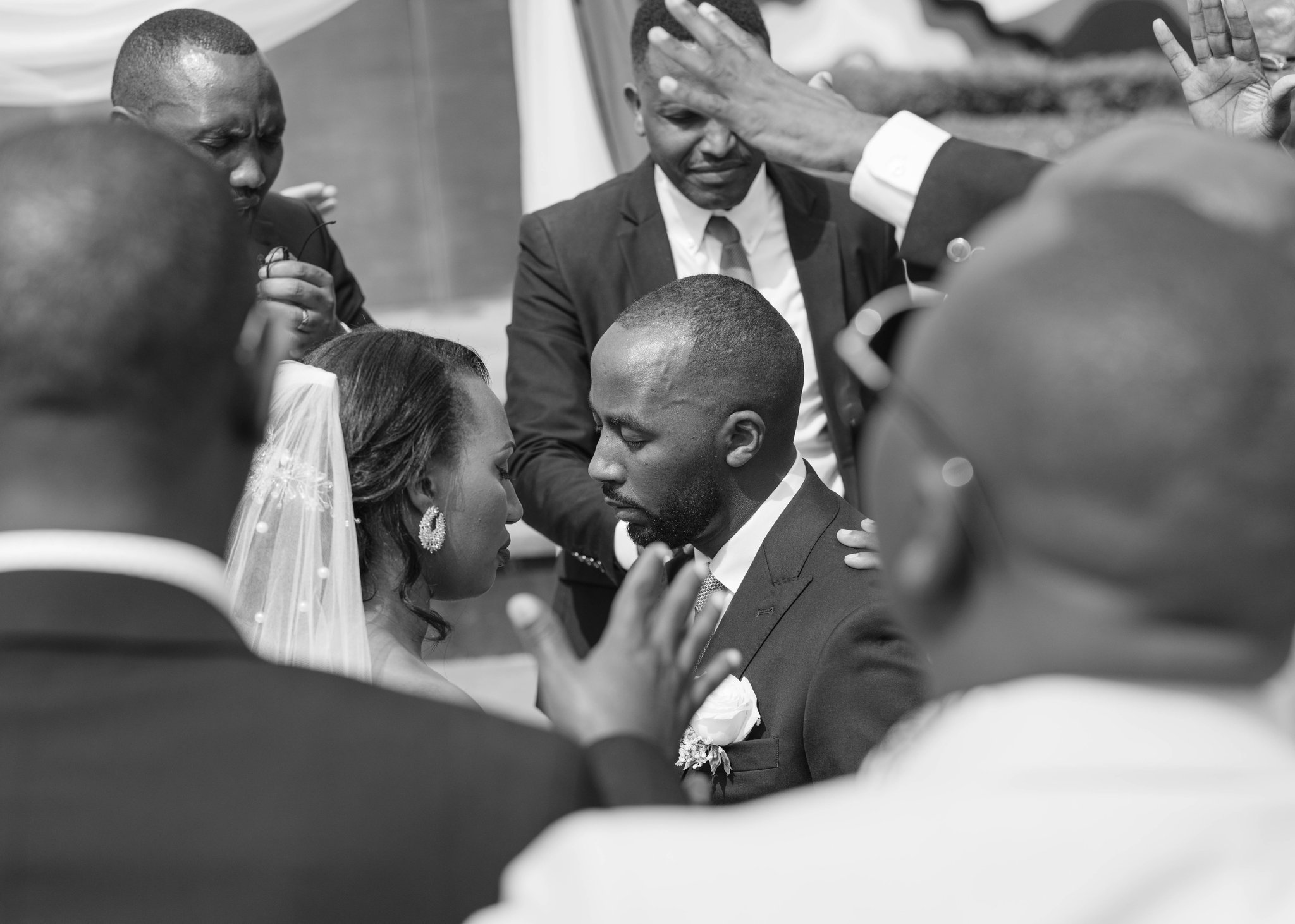
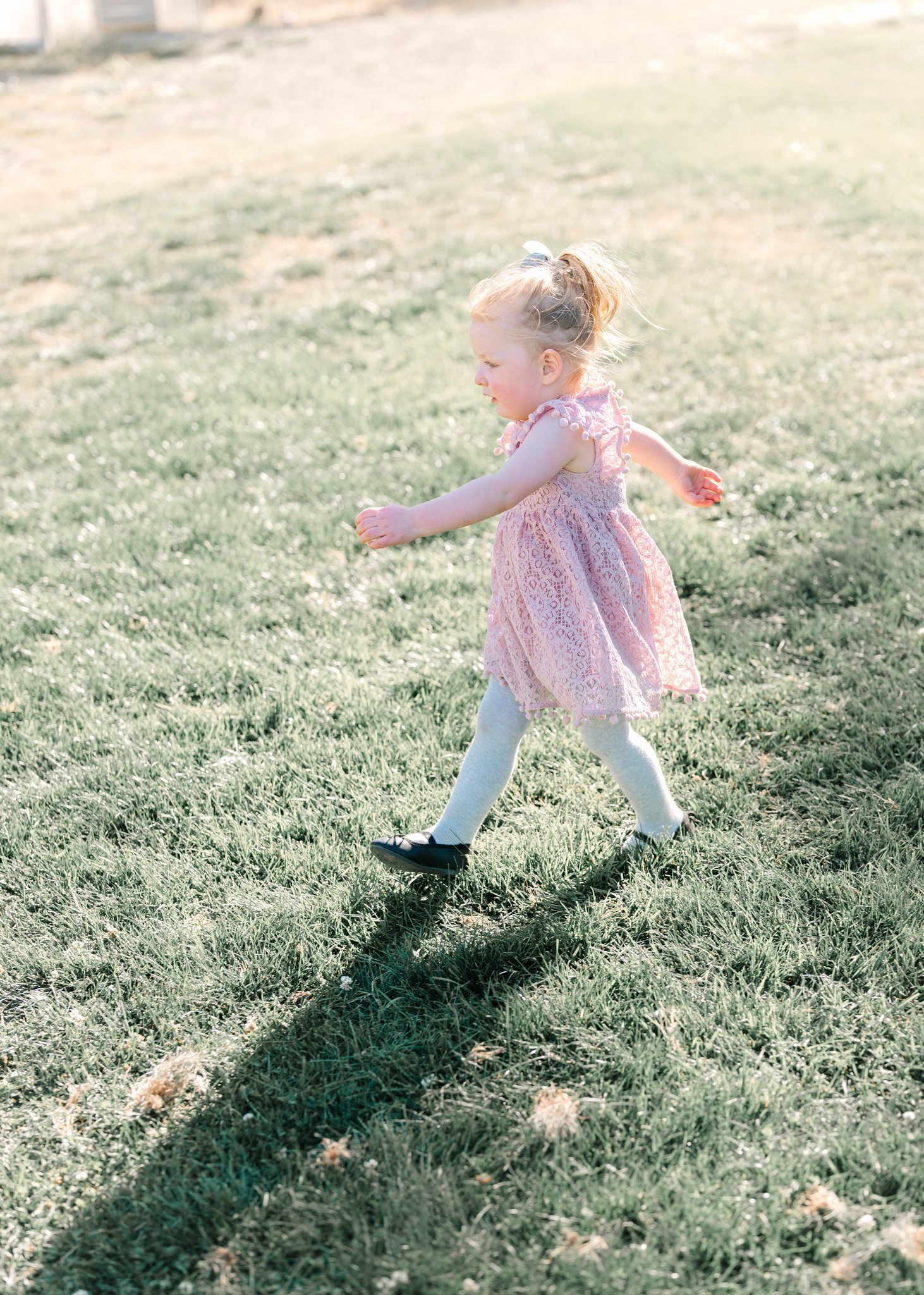
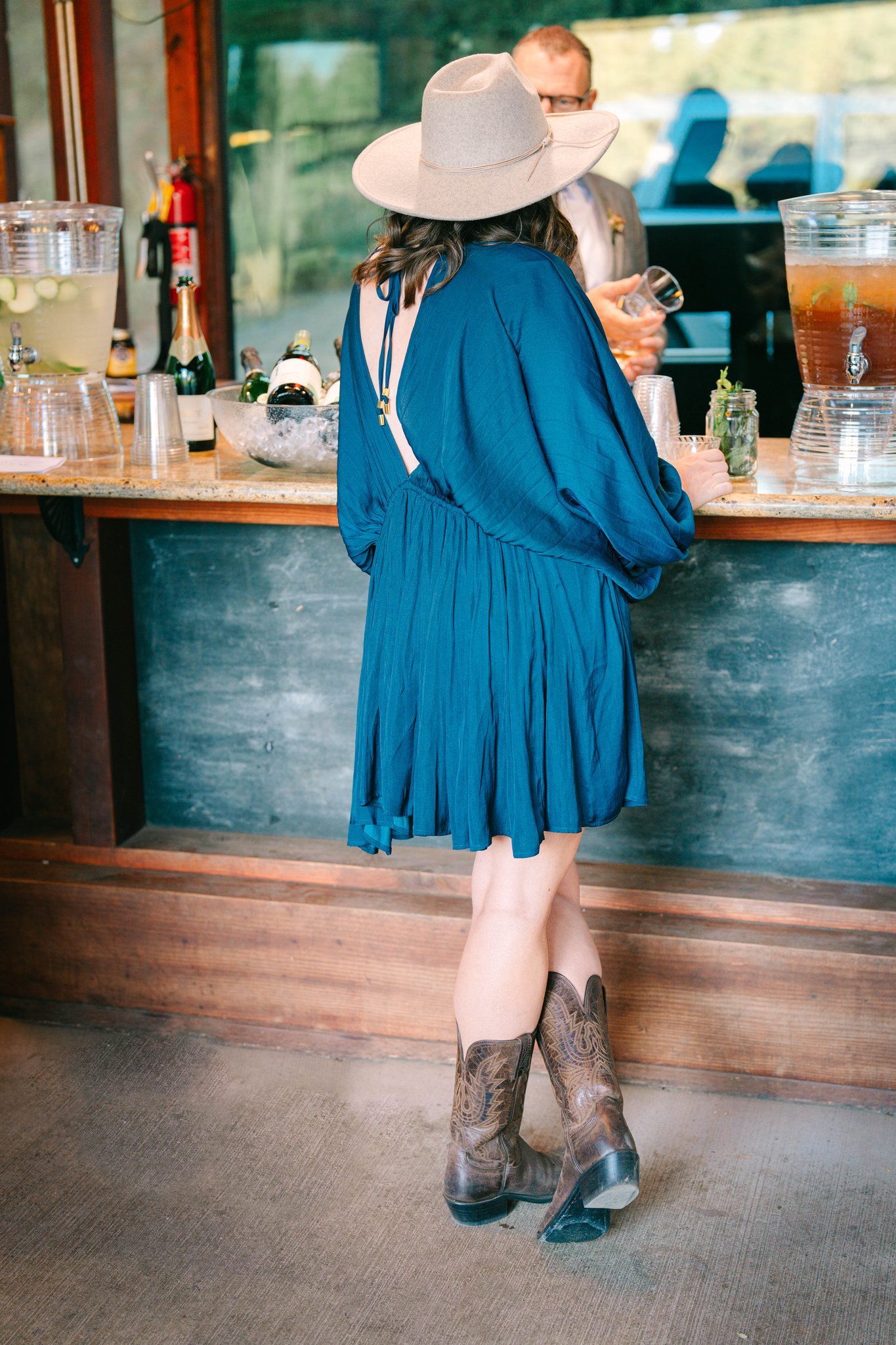
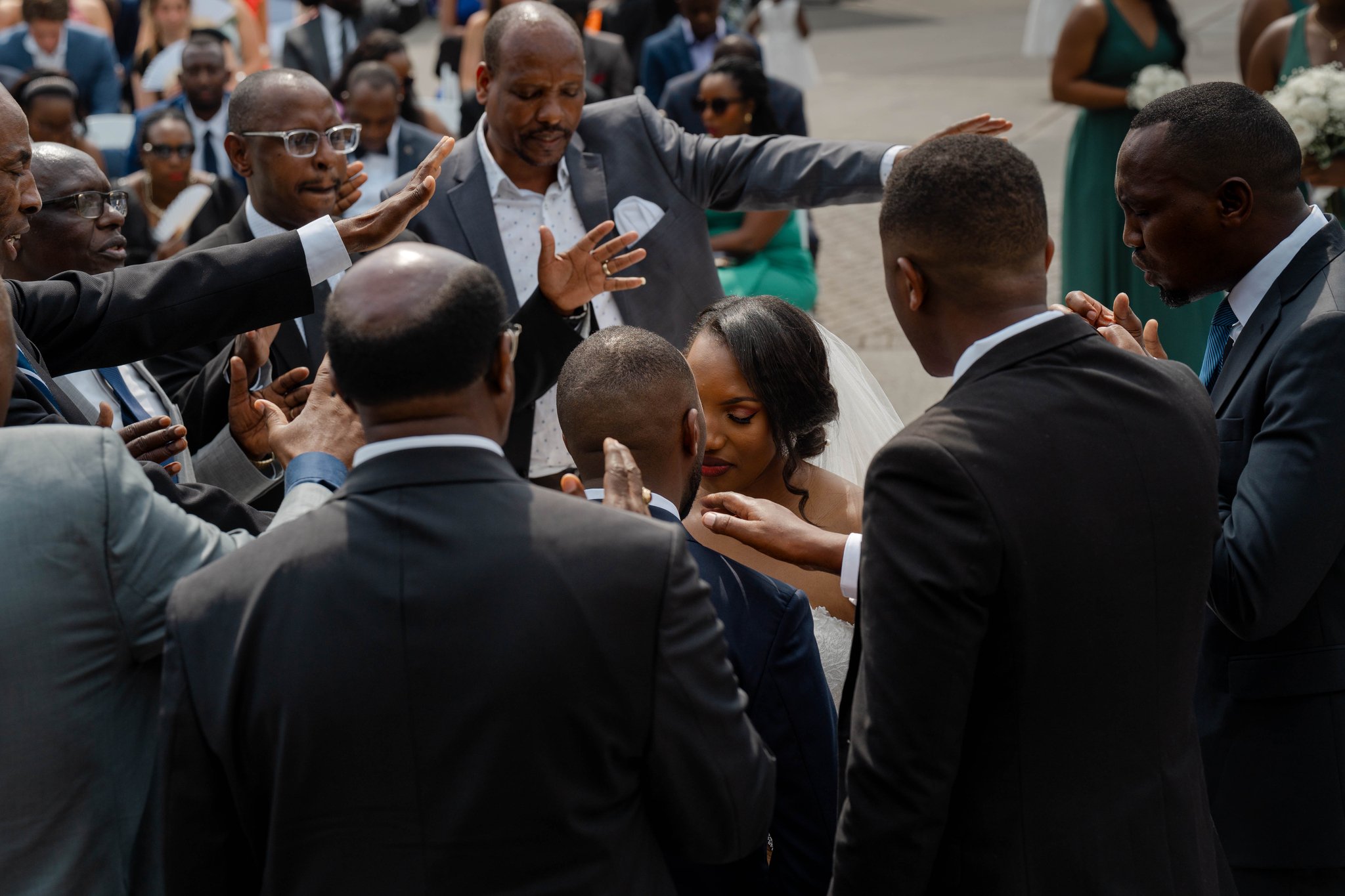


Posed /pōz/ assume a particular attitude or position in order to be photographed, painted, or drawn.
Characteristics:
Controlled Environment: The photographer can control elements like lighting, background, and subject positioning.
Planned Expressions: Subjects are often directed to showcase certain expressions or postures.
Preparation: Before taking the shot, there's usually some level of preparation involved, such as setting up the scene or adjusting the subject's attire.


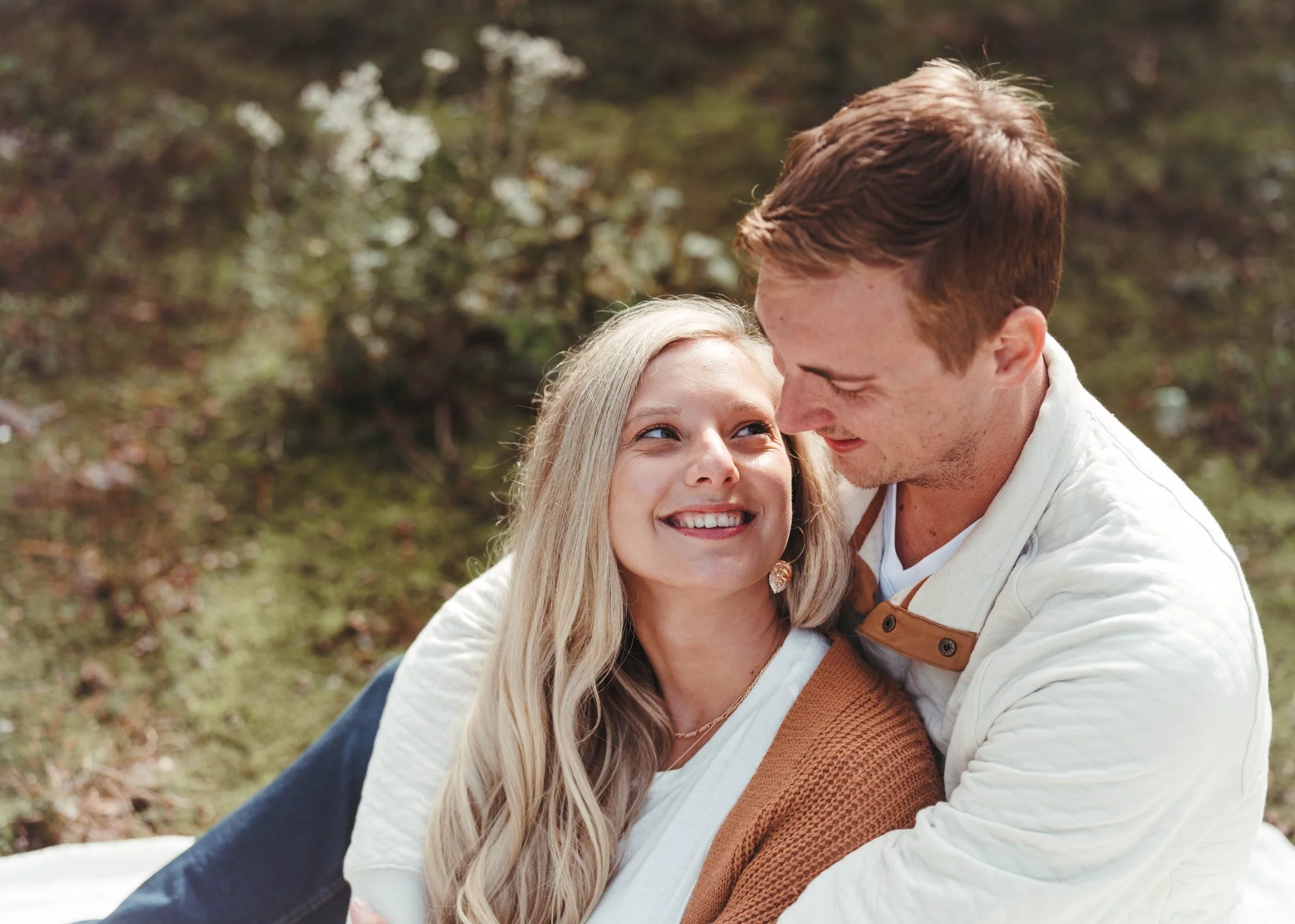


















But what if you want both? Do you have to choose? The simple answer is, no. Here is how I blend the best of both candid and posed styles of photography.
Blending the authenticity of candid shots with the precision of posed photography can result in images that have the best of both worlds: the genuine emotions of spontaneous moments and the technical perfection of planned shots. Here's how I keep my posed photography looking candid:
Relaxed Direction: Instead of giving strict instructions, I offer general guidance and allow the subjects to interpret it in their way. For instance, instead of saying "look at each other and smile," I would say, "look at each other and think about the first time you met, what drew you to your partner? Reflect on that." Meanwhile I am moving around my couple composing my shoots and taking pictures from diferent angles.
Engage Your Subjects: Telling someone to laugh is not going to give you a cadid like look. Get your subjects to talk, laugh, or share a story. This can evoke genuine reactions. Asking them to recall a fond memory or tell a joke can yield spontaneous smiles or laughter.
Use Props: Giving couples something to interact with can divert their attention from the camera, resulting in more natural poses. This can be a hat, flower, guitar, or any object that fits the context of the shoot.
Keep Them Moving: My prompts are often movement based - walk, twirl, or skip. Movement can result in dynamic shots that feel spontaneous.
Avoid Direct Eye Contact: Subjects staring straight into the camera can sometimes feel overly posed. Have them look away, at each other, or focus on something in the distance.
Stay Ready: I never put my camera down. Often that time in between scenes is when I get the best photos because my clients are relaxed. Sometimes I tell stories while we are in transition, something unexpected or funny to elicit genuine reactions.
Encourage Interaction: For group photos, have them interact with each other rather than only with the camera. I am a big fan of the, “who in the group is most likely to” game.
By implementing these strategies, I create posed photos that retain the charm and authenticity of candid moments.
